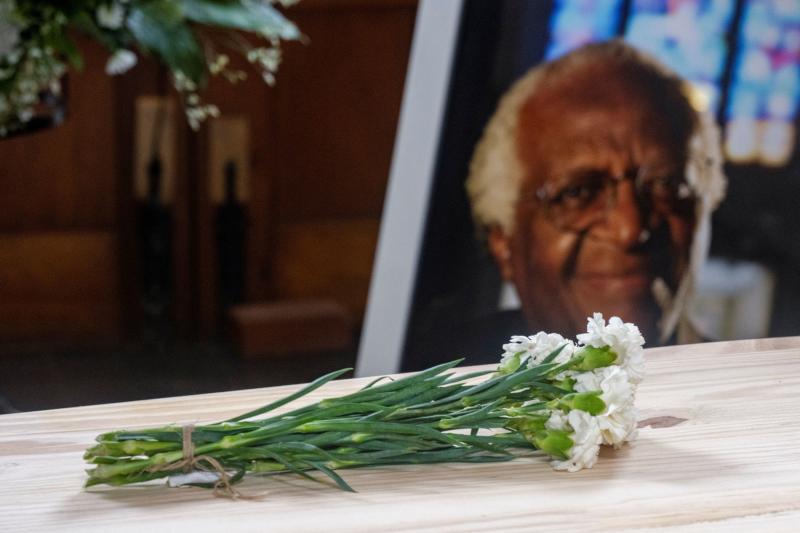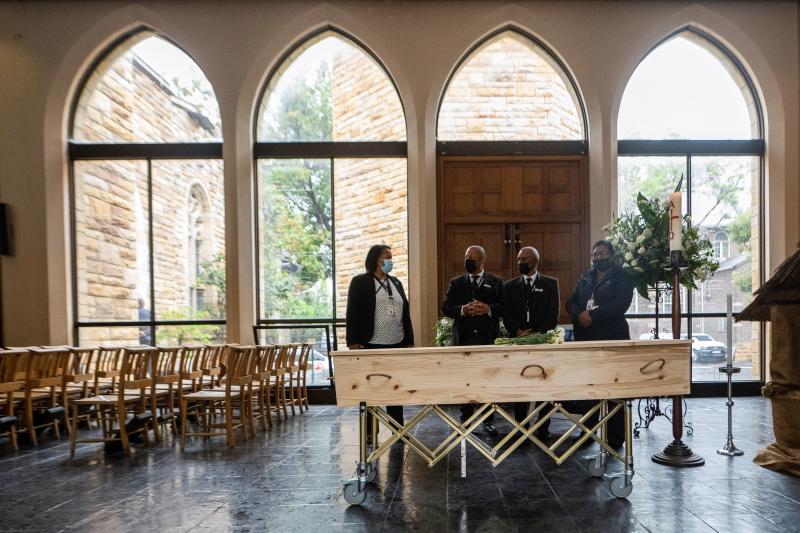
Desmond Tutu, South African antiapartheidist, said goodbye yesterday at a state funeral held at St George’s Cathedral, Cape Town.
The Nobel Peace Prize winner, according to the Archbishop Tutu IP Trust and the Desmond and Leah Tutu Legacy Foundation, “was very clear on his wishes for his funeral”.
“He wanted no ostentatiousness or lavish spending,” said the foundations. “He asked that the coffin be the cheapest available, and that a bouquet of carnations from his family be the only flowers in the cathedral.”
Tutu’s wishes were that his body be aquamated after the requiem Mass, and then interred behind the pulpit.

What is aquamation?
The news that Tutu preferred a method of disposing of his body has sparked a debate over environmentally friendly methods of disposing of it.
Aquamation has been around since the late 1880s. It was invented by Amos Herbery Hanson, a farmer who wanted to make fertilizer from animal carcasses. It was later used in laboratories to dispose off contaminated animal bodies.
As an alternative to traditional burials or fire cremations, this process has been gaining popularity.
Water-based cremation
Aquamation, also known to be alkaline hydrlysis, is a water based cremation process that is used commonly to dispose of pet or human remains.
It is more environmentally friendly than flame-based cremation due to the fact that it uses fewer fossil fuels and emits fewer emissions.
The process is commonly misunderstood as dissolving a body in acid – this is not the case.
How aquamation is done
First, the body is placed in a silk bag, and then put in an Alkaline Hydrosis Machine – this is basically a metal tube containing a high-pressure mixture of water and potassium hydroxide heated up to 150°C for about one and a half hours.
The body tissue is disintegrated and only the bones are left. These are rinsed at 120°C, dried and ground to powder using a cremulator.
The ‘ashes’ are then handed to the bereaved family. The ashes can either be kept, buried or scattered as per the dead persons wishes or the family incase the deceased did not specify.
Desmond Tutu would like to be buried at St George’s Cathedral, Cape Town. He was Archbishop of the Anglican Diocese for 35 years.


